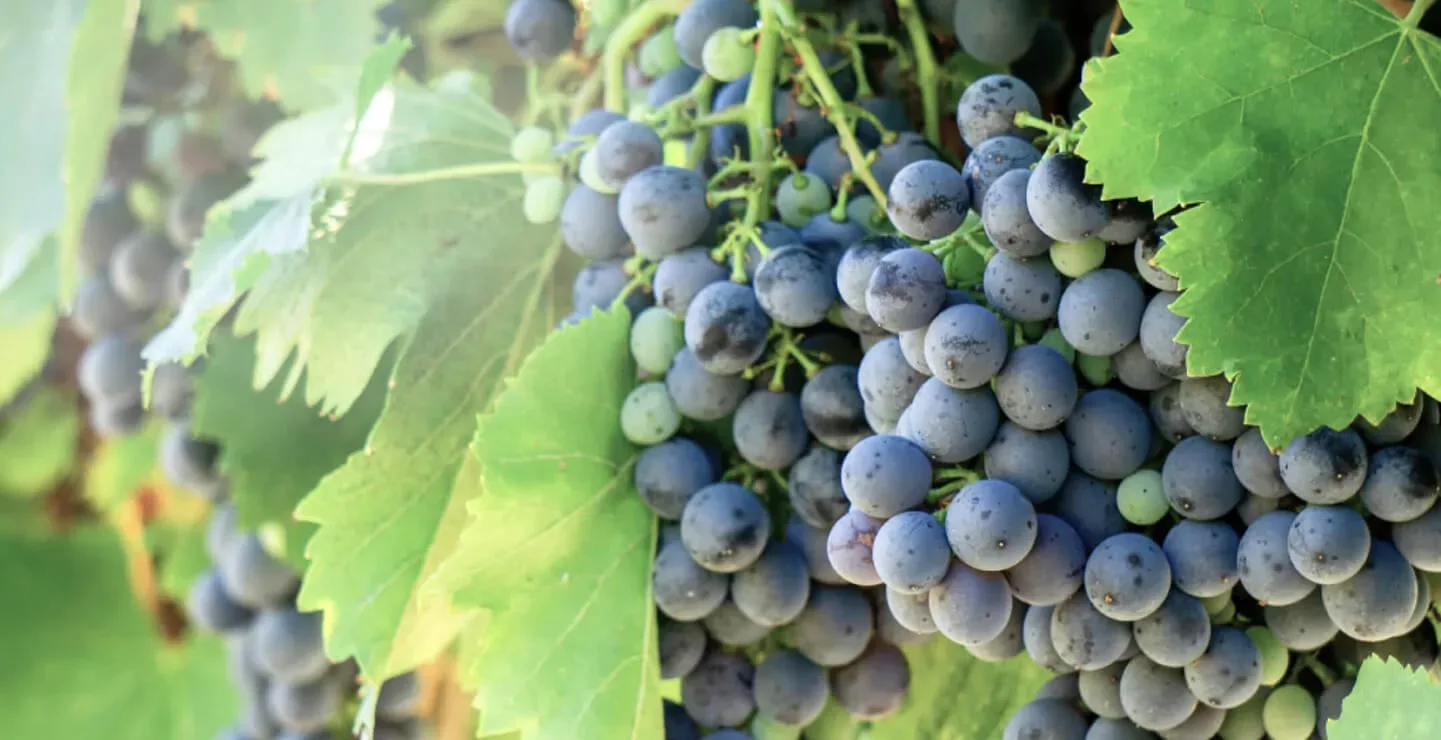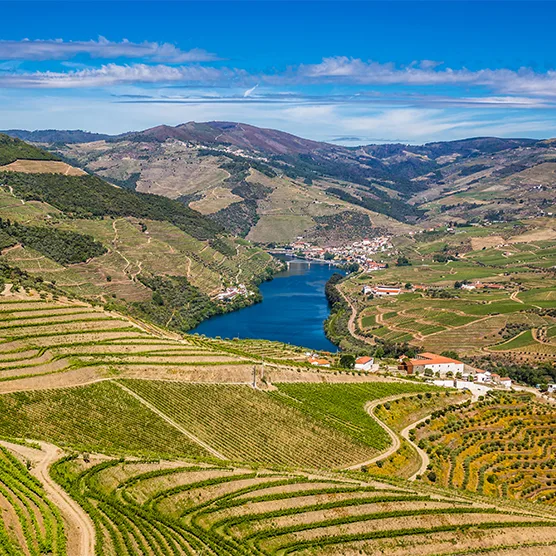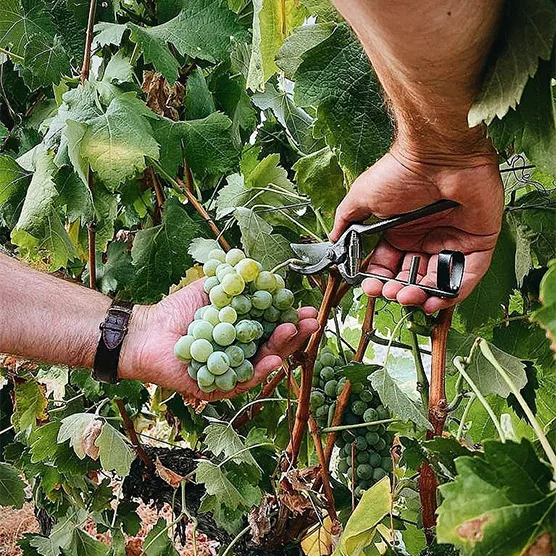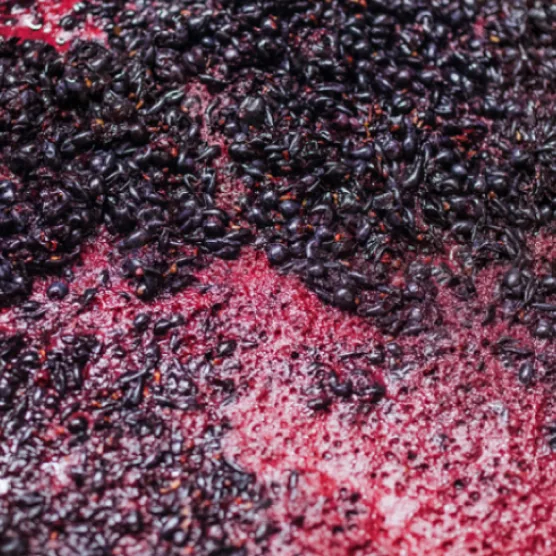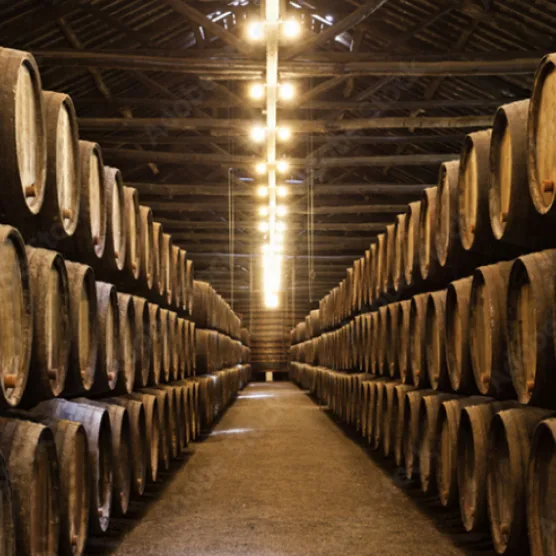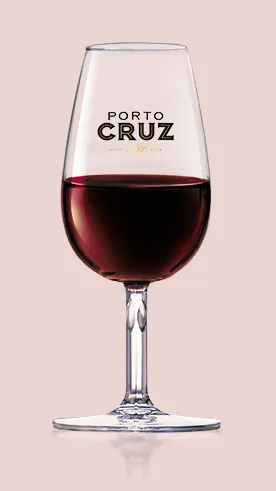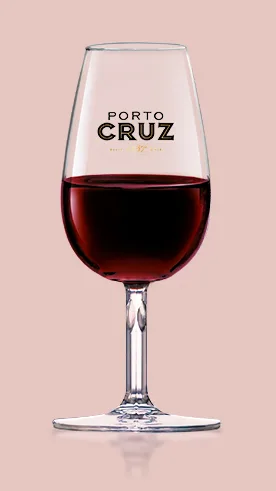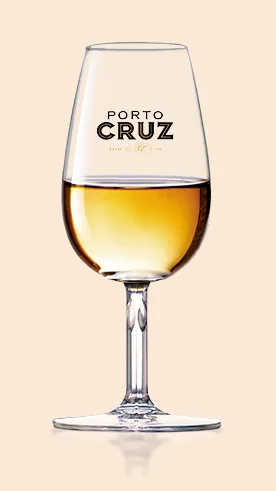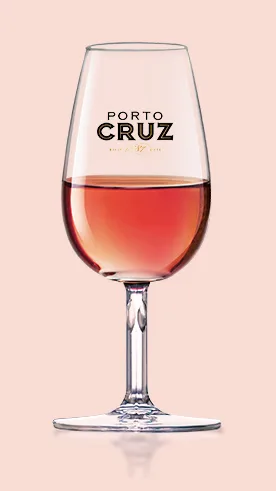HISTORY
The history of Port wines began in the Douro Valley in the northeast of Portugal.
Back in Roman times, wines of this type were already being produced in the region. It was not until 1675 that the Port designation became truly recognised, taking its name from the famous port city that was already sending these wines to the rest of the world.
In 1756, the region was demarcated and regulated, making it the world’s first Controlled Designation of Origin. The quality of Port thus improved in terms of aromas and subtlety, with the introduction of a strict set of requirements. And in 2001, the Douro Valley was classified a UNESCO World Heritage Site.
